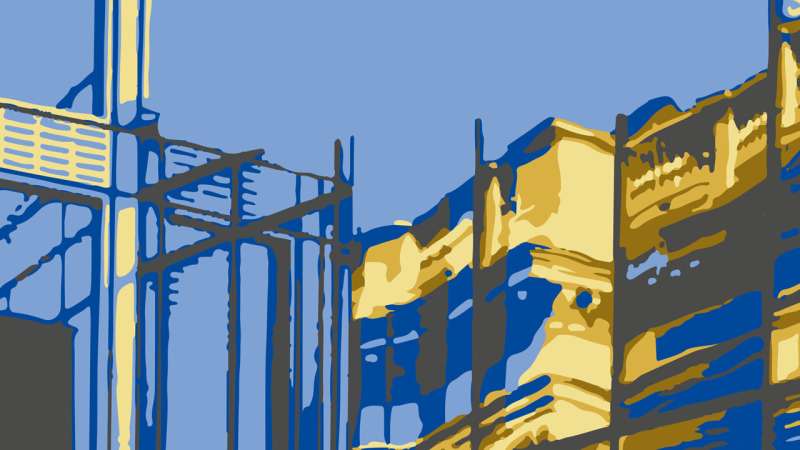This article has been reviewed according to Science X's editorial process and policies. Editors have highlighted the following attributes while ensuring the content's credibility:
fact-checked
proofread
Examining urban design for past, present and future cities

Increasingly, more people worldwide are living in cities. By the year 2050, it is projected that two-thirds of the global population will reside in urban areas. Living closely together in relatively small spaces offers advantages such as good infrastructure, job opportunities, and exchange with other individuals. At the same time, cities are also focal points of crises, including climate change, pandemics, or armed conflicts.
Against this backdrop, experts from the fields of archaeology, history, linguistics, medicine, biology, computer science, and architecture have examined the design of cities from ancient times to the present and into the future. The results are now being published by the Cluster of Excellence at Kiel University as part of its booklet series—compact and comprehensible even for non-specialists. The booklet, "Urban Design: Cities in Past, Present and Future," is available as a printed edition or as a free download in both German and English.
"A fundamental idea behind this publication is that cities of the present cannot be shaped without a deeper understanding of their historical dimension," says Classical Archaeologist Prof. Dr. Annette Haug, one of the booklet's editors.
Her colleague, Dr. Philipp Kobusch, adds, "What defines the image of a city, both in the past and today? How are they constructed or socially organized? How can they become more resilient during crises? These are the questions addressed in the contributions to the booklet, approached from various professional perspectives."
The contributions span from urban planning principles of ancient cities in the Levant region to mental concepts of cities in medieval Europe, and continue with the connection between city and health in the present or autonomous transport systems of the future.
This volume originates from an interdisciplinary colloquium conducted in a collaboration between ROOTS and the DenkRaum of Kiel University. Fifty experts from various fields of Kiel University, the Muthesius Art Academy, Kiel University of Applied Sciences, University Hospital Schleswig-Holstein, the state capital Kiel, as well as HafenCity University in Hamburg participated in this endeavor.
The booklet "Urban Design" presents a selection of the results and makes them accessible to an interested audience outside the specialized field. "The aim is to demonstrate how multifaceted the dimensions are that prove significant for the design of cities. Simultaneously, the diversity of the contributions aims to stimulate contemplation on the cities of the future," says Professor Haug.
More information: Annette Haug et al, Urban Design: Cities in Past, Present and Future (2023). DOI: 10.59641/a3689dm
Provided by Cluster of Excellence ROOTS - Social, Environmental, and Cultural Connectivity in Past Societies





















